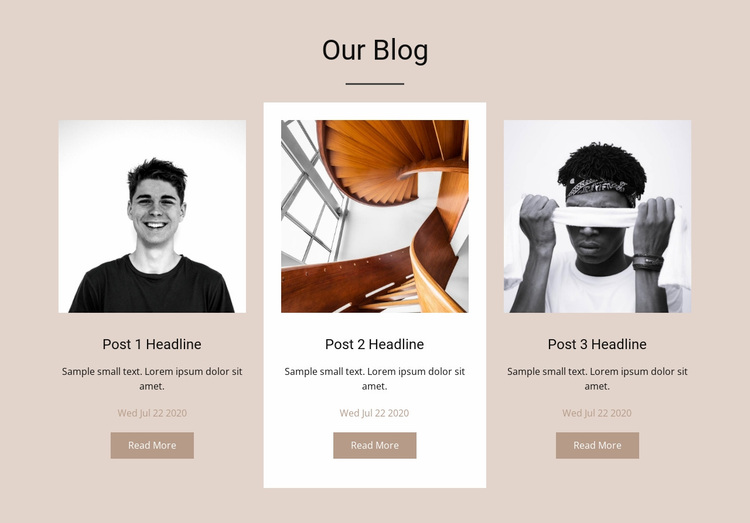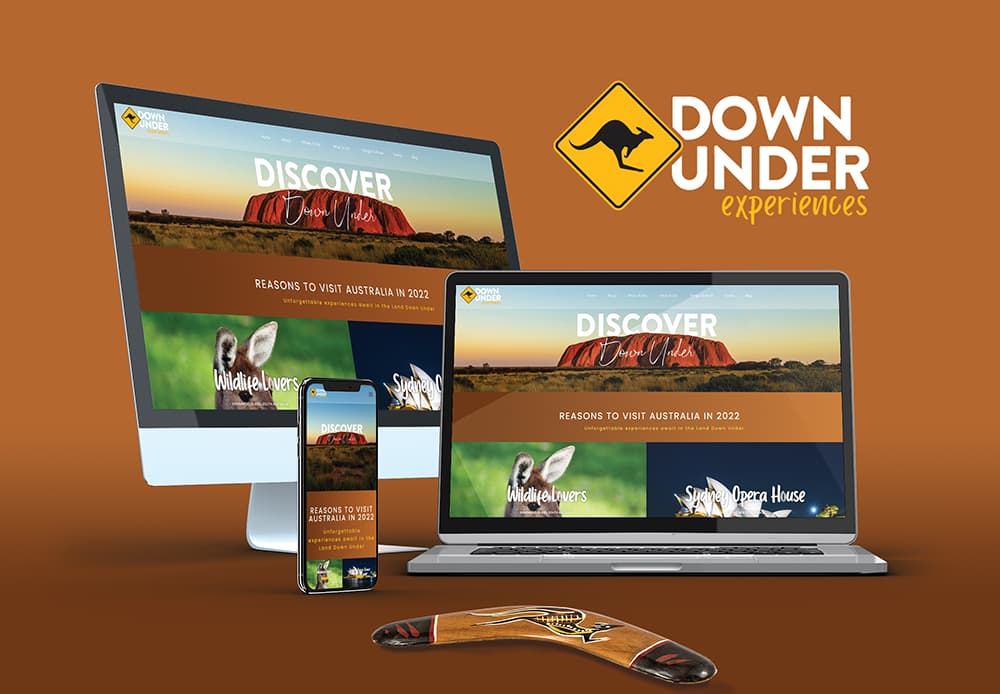Modern Website Design That Records Focus and Transforms
In a significantly digital landscape, modern internet site style has actually emerged as a critical variable in capturing customer focus and driving conversions. As we explore these necessary parts, it comes to be clear that recognizing their interaction can considerably affect a website's efficiency and individual contentment.
Value of Visual Power Structure
Aesthetic pecking order is a critical component in website design, as it overviews customers' interest and improves their overall experience. By strategically arranging web content, designers can guide individuals to the most essential details initially, consequently boosting engagement and improving use. Reliable visual hierarchy uses different methods, including dimension, comparison, color, and spacing. Larger components normally attract the eye, while contrasting colors can highlight vital messages, making them stand apart amongst more controlled elements.
Incorporating a rational circulation in material setup is vital; as an example, putting one of the most crucial information on top of a page promotes instant acknowledgment. Consistent use of typography, such as differing font dimensions and styles, helps develop a clear content structure. This company not just help in navigation however additionally constructs count on, as customers really feel more comfortable when they can conveniently discover what they are looking for.
Eventually, a well-executed visual hierarchy not just improves visual charm however additionally substantially influences customer habits. By prioritizing crucial elements and guaranteeing a seamless experience, designers can efficiently convert visitors into clients, strengthening the relevance of this fundamental layout concept in contemporary website development.
Responsive Layout for All Instruments
Creating a seamless experience across various devices is important in today's digital landscape, where users access websites from desktop computers, smart devices, and tablet computers alike. Responsive style is a critical technique that makes sure sites adapt fluidly to different screen orientations, dimensions, and resolutions. By utilizing adaptable grids, photos, and CSS media inquiries, designers can produce layouts that keep aesthetic integrity and performance, regardless of the gadget being used.
The importance of receptive design prolongs beyond looks; it directly influences user interaction and conversion rates. A website that works well on all tools encourages longer sees and decreases bounce prices, as users are more probable to interact with web content that is easy to navigate. Search engines, especially Google, focus on mobile-friendly sites in their rankings, making receptive layout an essential element of search engine optimization (SEARCH ENGINE OPTIMIZATION)
Incorporating receptive style not just boosts user experience however additionally enhances the growth procedure. By developing a solitary site that functions throughout tools, businesses can save time and resources contrasted to creating separate mobile and desktop variations. Inevitably, receptive style is a basic strategy for modern site style, making certain availability and fulfillment for all individuals, despite their tool.
Involving Interactive Elements
While a responsive design prepares for a practical web site, including engaging interactive components is essential for catching individual focus and cultivating much deeper links. Website Design. Interactive components, such as animations, tests, and clickable infographics, develop a much more dynamic individual experience, motivating visitors to spend even more time on the site
Integrating interactive attributes can likewise assist individuals via facility info, making it much easier to digest content. For instance, interactive sliders can show product variations, while ingrained videos can give demos or endorsements that reverberate greater than fixed images or text. Moreover, gamification methods, like rewards for completing jobs or engaging with web content, can improve user inspiration and retention.
Efficient use of interactive aspects not only enhances the customer experience however can likewise lead to higher conversion prices. It is important to balance interactivity with performance; excessively complex attributes might prevent website rate, adversely influencing individual satisfaction.
Structured Navigating Practices
Reliable navigation is a cornerstone of any kind of successful website, as it straight influences customer experience and material accessibility. Streamlined learn this here now navigating methods make certain that customers can quickly locate info, boosting their interaction with the website. A well-structured navigating food selection must be easy and intuitive, usually including a restricted variety of primary groups to stay clear of overwhelming visitors.
To attain streamlined navigating, developers need to focus on a hierarchical framework that logically organizes material. Applying breadcrumb tracks can supply users with context about their present place within the website, enabling smooth backtracking. Furthermore, making use of drop-down food selections can properly save space while still offering accessibility to subcategories.
Receptive layout is essential, as navigating must be useful throughout all devices (Website Design). Mobile users, in certain, gain from touch-friendly food selections and collapsible areas that keep usability without jeopardizing aesthetics

Efficient Call-to-Action Strategies
A well-crafted call-to-action (CTA) is important for directing users toward preferred outcomes on a web site, as it motivates them to engage with material or buy. To optimize their effectiveness, CTAs need to be clear, compelling, and tactically placed throughout the website.
First, utilize action-oriented language that communicates urgency or worth, such as "Get going," "Join Currently," or "Claim Your Price cut." pop over to this site This language not just motivates users yet likewise establishes clear assumptions about the following steps.
2nd, think about layout components; CTAs must stand apart visually via contrasting colors, sufficient whitespace, and popular positioning. A switch that is very easy to see and click boosts the chance of user communication.
Additionally, individualizing CTAs based upon user behavior or demographics can dramatically enhance involvement. Customized messages reverberate a lot more with users, driving higher conversion rates.

Verdict
To conclude, modern website layout highlights the integration of aesthetic pecking order, responsive layouts, involving interactive components, streamlined navigation, and effective call-to-action strategies. These parts jointly improve user experience, making certain that visitors continue to be involved and motivated to explore material further. By prioritizing these layout principles, companies can significantly enhance customer retention and conversion rates, ultimately bring about higher success in the digital landscape. The continuous evolution of website design emphasizes its essential role in effective on-line communication and marketing.
In a progressively digital landscape, modern-day site layout has actually emerged as a crucial element in catching individual focus and driving conversions.Visual hierarchy is an essential component in site style, as it overviews customers' focus and enhances their general experience.The value of responsive layout expands beyond looks; it straight influences user interaction and conversion rates.Incorporating receptive design not only enhances customer experience yet also improves the development process. Inevitably, responsive layout is a basic strategy for contemporary web Full Report site style, ensuring access and fulfillment for all individuals, regardless of their device.
Comments on “Website Design Best Practices for Faster Load Times and Improved User Experience”